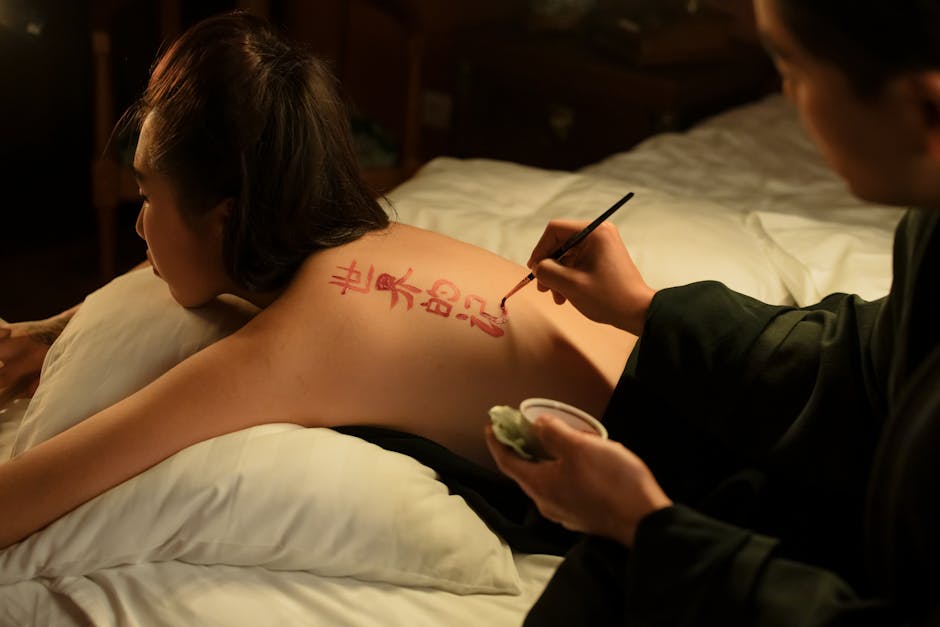
The recent attendance of Princess Kako at the Japanese Traditional Crafts Exhibition served as a poignant reminder of the profound beauty and cultural significance embedded in Japan's heritage artistry. Her Royal Highness's visit not only brought a spotlight to these remarkable creations but also underscored the unwavering commitment required to preserve and evolve these ancient art forms for future generations.
The Japanese Traditional Crafts Exhibition: A Window into Soulful Artistry
The Japanese Traditional Crafts Exhibition is more than just a display of objects; it is a vibrant tapestry woven from centuries of skill, dedication, and a deep respect for natural materials. Each year, this esteemed exhibition showcases a breathtaking array of works, from intricate ceramics and lustrous lacquerware to delicate textiles and robust metalwork. It’s a vital platform where master artisans (shokunin) present pieces that are both functional and profoundly artistic, embodying the spirit of monozukuri – the meticulous art of making things.
The Artisan's Journey: Skill, Material, and Story
Behind every piece at the exhibition lies a story of unparalleled dedication. The artisans, often having undergone decades of rigorous training, pour their hearts and souls into their craft. Their skills are not merely techniques; they are inherited wisdom, passed down through generations, refined and perfected with each iteration. Consider the delicate precision required for a piece of Edo Kiriko glasswork, where intricate patterns are hand-cut with astonishing accuracy, or the patient layering involved in Wajima-nuri lacquerware, which can take hundreds of steps over many months or even years.
A fundamental aspect of Japanese traditional crafts is the profound relationship with materials. Artisans possess an intimate understanding of their chosen medium – be it the unique grain of a specific wood, the subtle variations in natural dyes, or the particular qualities of clay from a local kiln. This reverence for materials is not just about selection; it’s about coaxing out their inherent beauty, allowing the material itself to speak through the finished piece. This commitment ensures that each item is not just well-made, but imbued with a natural elegance and enduring quality that speaks volumes about its origins.
Heritage Artistry in Modern Life
While rooted in deep tradition, Japanese traditional crafts are far from being mere relics of the past. They continue to adapt and find relevance in contemporary life. Many artisans skillfully blend traditional techniques with modern aesthetics, creating pieces that fit seamlessly into today's homes and lifestyles. A beautifully crafted ceramic bowl elevates an everyday meal, a hand-dyed silk scarf adds a touch of timeless elegance, and a finely carved wooden object brings warmth and character to any space.
Moreover, these crafts inherently champion sustainability. Made from natural, often locally sourced materials, and designed to last for generations, they stand in stark contrast to the disposable culture. Owning a piece of traditional Japanese craft is an investment in beauty, quality, and a tangible connection to a rich cultural heritage.
A Royal Endorsement of Enduring Value
Princess Kako’s appreciation of the exhibition serves as a powerful endorsement of these living traditions. Her presence highlights the importance of supporting the artisans who dedicate their lives to these crafts and encourages a broader audience to discover the beauty and value they offer. It is through such recognition and continued patronage that Japan’s extraordinary heritage artistry will continue to thrive, inspiring awe and enriching lives around the world.
Comments
Post a Comment